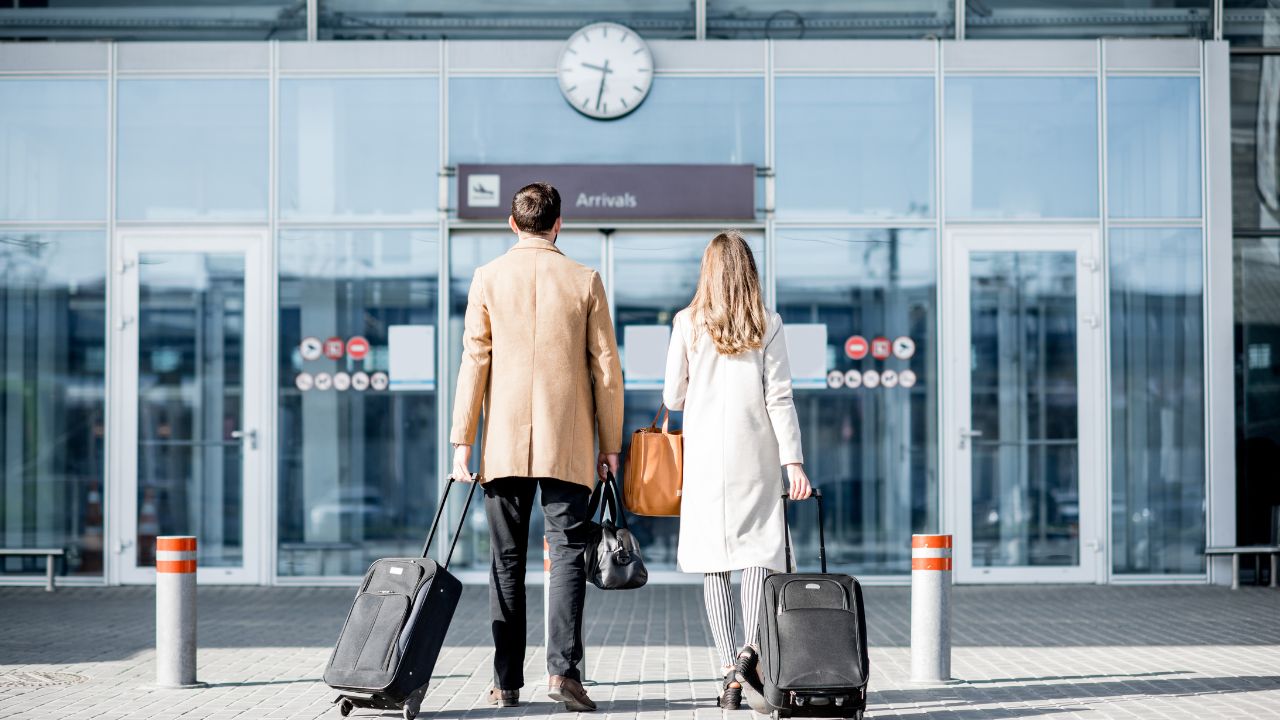
The L-1 visa permits a U.S. employer to transfer an employee who is a manager, executive or specialized knowledge worker one of its offices in the United States. The U.S. employer must have a qualifying relationship with a company abroad (parent, affiliate, subsidiary or branch) and the employee must have worked for the company abroad full-time for at least one continuous year out of the past three years in an executive, managerial or specialized knowledge role.
Does visiting the U.S. have an impact on L-1 eligibility?
When an employee applies for an L-1 visa, the government will look at the dates of employment abroad to ensure the applicant worked for the company abroad for at least one continuous year out of the past three years. As part of this analysis, the government will look at the applicant’s U.S. travel history to determine if there were any breaks in employment. If the employee visits the U.S. as a tourist or business visitor for brief trips, this does not interrupt the continuous year of employment, but it does mean that any time spent in the U.S. will not count towards the one year of employment needed to qualify for the visa. For example, if the applicant worked for the company abroad from January 1, 2022 to January 1, 2023 and spent two weeks in the U.S. on vacation, that two weeks would be deducted from the one year period and the applicant would need to work abroad for an additional two weeks before they could qualify for the L-1.
What if the applicant has been working in the U.S. on a different visa? Can they still qualify for the L-1?
If the employee entered the U.S.to work for the sponsoring L-1 employer as the principal beneficiary of an employment-based petition, such as an H-1B or an E-2 employee visa, then the government will adjust the three-year period. For example, if the applicant worked for the company abroad from June 1, 2021 to June 1, 2022 and then entered the U.S. on an E-2 visa to work for U.S. employer on June 2, 2022, then the relevant three year period would be adjusted and the government would look at the period of June 1, 2019 to June 1, 2021 to determine if the applicant qualified for the L-1 visa. It is important to note that any time the applicant spends in the U.S. working on a dependent visa, on a student visa or working for an unrelated employer would not allow for this adjustment.
What if the applicant visited the U.S. for several months?
If the applicant spends several months in the U.S., this can interrupt the continuous employment required for the L-1. Even if the applicant was technically still employed by the company abroad during this time and was being paid abroad, the physical presence in the U.S. can interrupt the employment and remaining in the U.S. for a long period of time while working for a company abroad could lead to issues if the government feels the applicant was engaging in unauthorized work.
If you are applying for an L-1 visa it is important to consider how trips to the U.S. may impact your eligibility, particularly if you are visiting the U.S. frequently and/or staying for longs periods of time.